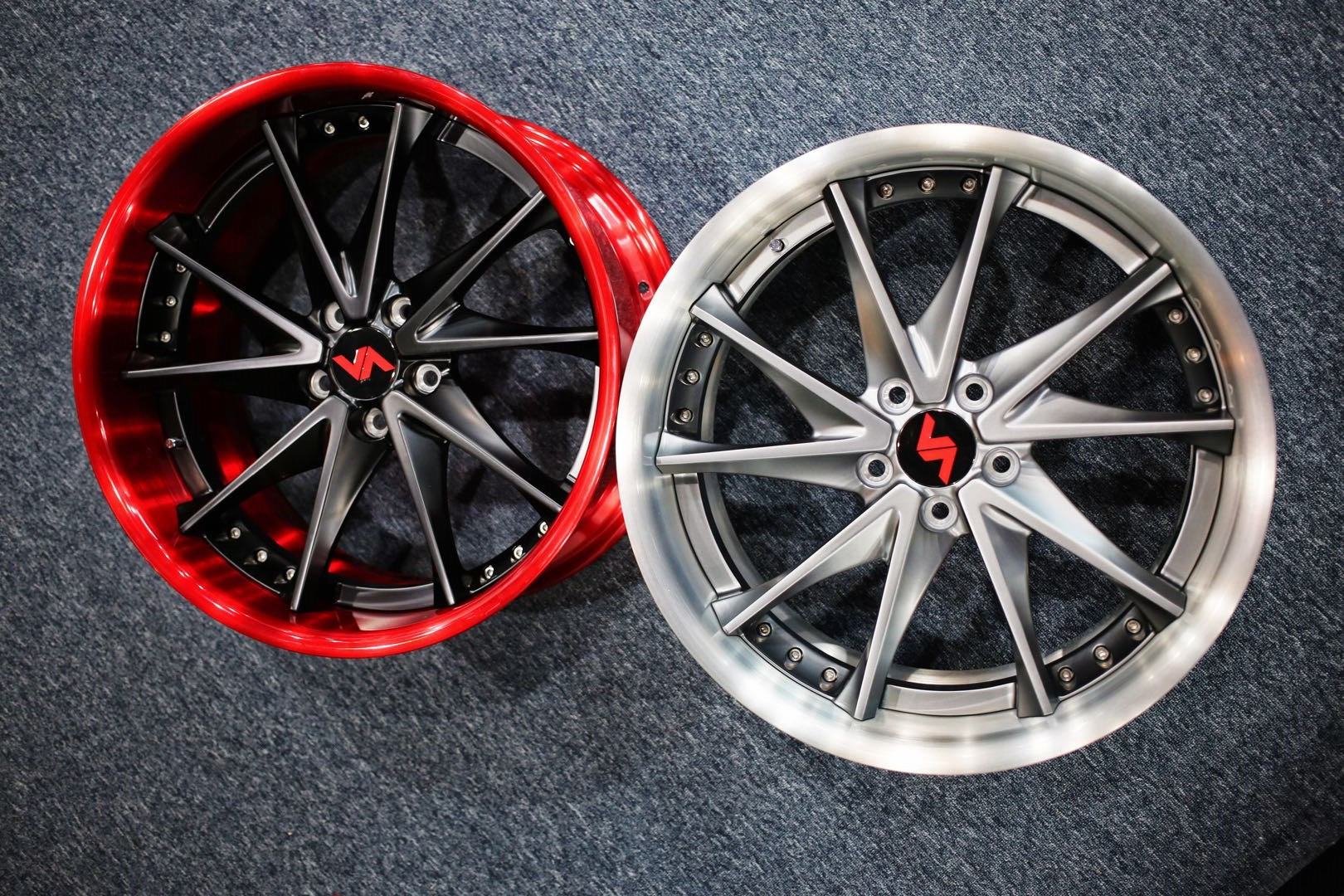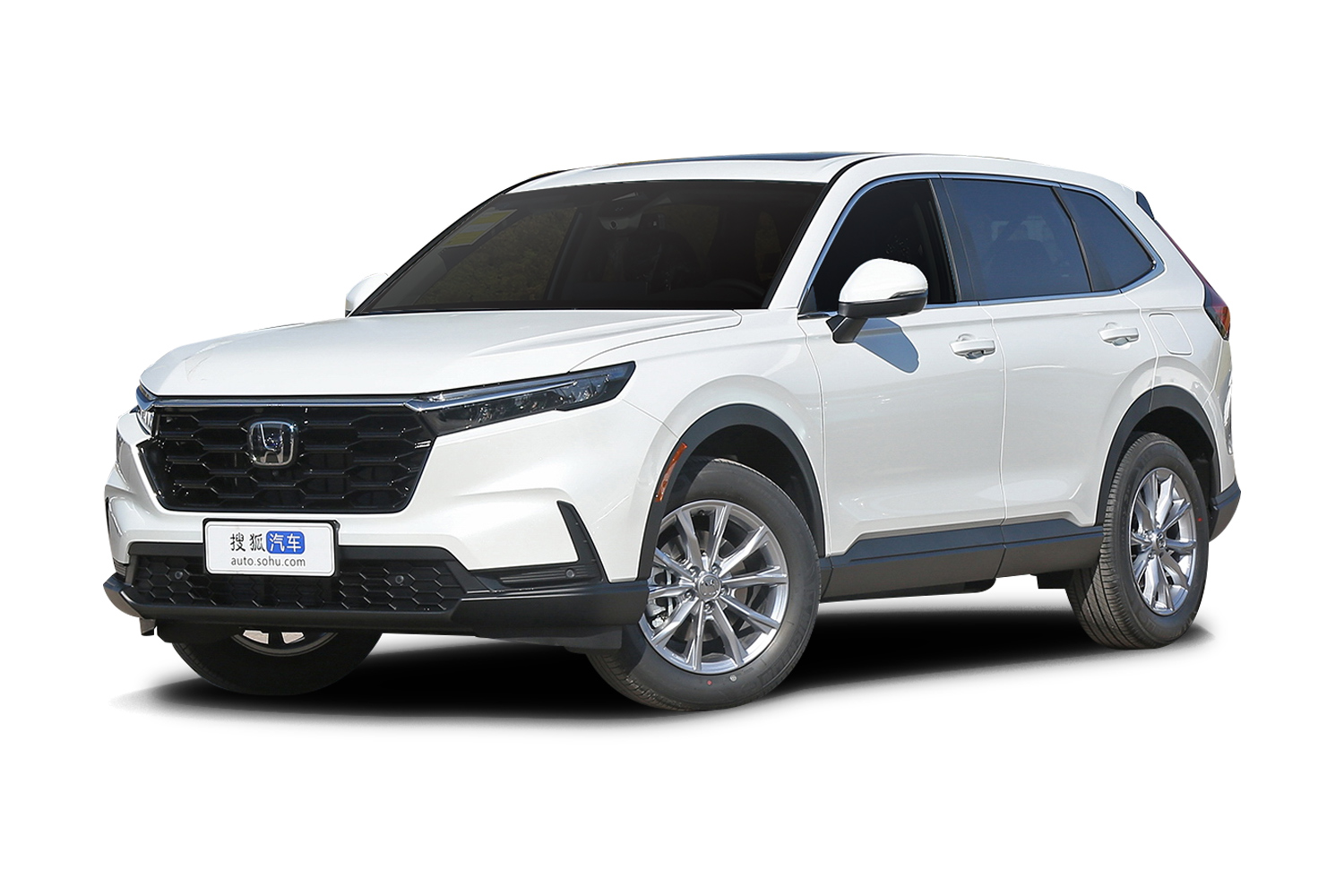Wheel modification, one-piece or multi-piece?
Many car owners may have experienced the dilemma of choosing wheels for modification. Not only are there various styles that can be overwhelming, but the difference between one-piece and multi-piece wheels is also difficult to discern.
In fact, wheels can be categorized into one-piece and multi-piece based on their structure. So, how should one choose when opting for forged wheels?
One-Piece Forged Wheels:
One-piece wheels are wheels where the entire structure is a single unit, forged and machined from a single piece of aluminum alloy. They are also known as monoblock wheels and are the most common type of wheels.
The advantages of one-piece wheels are that they are relatively lighter compared to multi-piece wheels, have better dynamic balance, and offer good reliability without the risk of air leakage. However, their downside is that the initial investment in product development is high, and the design options may be relatively limited.
forged monoblock (8)

forged monoblock (8)
Multi-Piece Forged Wheels:
Multi-piece wheels can be divided into two-piece and three-piece designs. Two-piece forged wheels consist of a wheel rim and a wheel face that are connected together using bolts.
Three-piece forged wheels have a wheel rim composed of two parts: an inner barrel and an outer barrel. Therefore, three-piece wheels consist of the inner barrel, outer barrel, and wheel face, and they require sealing to ensure air-tightness after assembly.
There are two main methods of connecting the wheel face and rim for multi-piece forged wheels:
-
Dedicated bolts/nuts connection.
-
Welding (this technique is used by Japanese wheel brand WORK for their two-piece wheels).
Multi-piece wheels allow for the combination of different widths and thicknesses of wheel lips on a single wheel. They also offer more options by combining width and offset. In other words, the spokes of multi-piece wheels can be interchanged. For example, if a spoke is damaged or if one wants to change the style, it is not necessary to replace the entire wheel. Only the damaged part needs to be replaced, and then secured using high-strength bolts.

forged monoblock (4)
Due to the complexity of the manufacturing process, multi-piece forged wheels have higher production costs. However, during the production process, the continuous stamping of the aluminum block in forging results in a very dense molecular structure. As a result, these wheels can withstand higher pressure.
Furthermore, due to their tight structure and ability to withstand high stress, forged wheels allow for more creative design options, such as lively and slender spokes. They offer greater design freedom.
For example, some wheels come in silver color, while others feature black and red dual-tone combinations, following the current trends and turning heads on the streets.
The colors and designs of wheel hubs inspired by aircraft engine blades are also diverse, catering to the unique preferences of different car owners.
Two-piece wheels with honeycomb patterns, combining black rims with silver spokes, are fashionable and visually captivating, appealing to those seeking innovation.

forged monoblock (5)
In conclusion, when it comes to wheel modification, if personalization is the goal, multi-piece designs can be chosen. However, if there are no specific requirements, one can select based on personal preference.
Ultimately, the most important aspect of wheel modification is choosing a reliable brand. Whether it’s one-piece or multi-piece, Ningbo Jianglu Auto Parts strictly adheres to professional craftsmanship, ensuring trustworthy quality.
